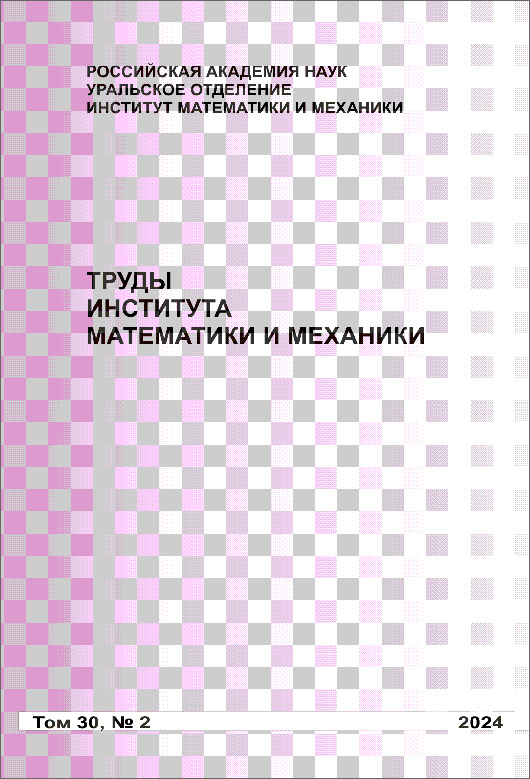|
On multiply monotone functions.
R. M. Trigub
Sumy State University
Abstract:
The subject and the method of this paper belong to classical analysis. The Wiener Banach algebra (the normed ring) $A(\mathbb{R}^d)$, $d\in\mathbb N$, is the space of Fourier transforms of functions from $L_1(\mathbb{R}^d)$ (with pointwise product). The membership in this algebra is essential for Fourier multipliers from $L_1$ to $L_1$ and principal for the convergence on the space $L_1$ of summation methods for Fourier series and integrals given by one factor function. A function $f$ is called $m$-multiply monotone on $\mathbb{R}_+=(0,+\infty)$ if $(-1)^{\nu}f^{(\nu)}(t)\ge 0$ for $t\in \mathbb{R}_+$ and $0\le\nu\le m+1$. For such functions, Shoenberg's integral presentation has long been known, which becomes Bernstein's formula for monotone functions as $m\to \infty$. Denote by $V_0(\mathbb{R}_+)$ the set of functions of bounded variation on $\mathbb{R}_+$, i.e., the set of functions representable as the difference of two bounded monotone functions. Denote by $V_m(\mathbb{R}_+)$, $m\in\mathbb N$, the space of functions $f$ from $V_{0,\mathrm{loc}}(\mathbb{R}_+)$ such that $\|f\|_{V_m}=\sup_{t\in \mathbb{R}_+}|f(t)|+\int_0^\infty t^m|df^{(m)}(t)|<\infty$. This is a Banach algebra. A function $f$ belongs to $V_m(\mathbb{R}_+)$ if and only if $f$ can be represented as the difference of two bounded functions with convex derivatives of order $m-1$ (Theorem 1). We also study conditions under which functions of the form $f_0(|x|_{p,d})$, where $|x|_{p,d}=\big(\sum_{j=1}^d |x_j|^p\big)^{1/p}$, $x=(x_1,\ldots,x_d)$, for $p\in (0,\infty)$ and $|x|_\infty=\max\limits_{1\le j\le d}|x_j|$, belong to $A(\mathbb{R}^d)$. The case $p=2$ (radial functions) is well studied, including the Pólya–Askey criterion of the positive definiteness of functions on $\mathbb {R}^d$. We prove Theorem 2, which has the following corollaries. (1) If $f_0\in C_0[0,\infty)$ and $f_0\in V_d(\mathbb{R}_+)$, then $f_0(|x|_{p,d})\in A(\mathbb{R}^d)$ for $p\in [1,\infty]$. (2) If $f_0\in C_0[0,\infty)$ and $f_0\in V_{d+1}(\mathbb{R}_+)$, then $f_0(|x|_{p,d})\in A(\mathbb{R}^d)$ for $p\in (0,1)$. We give some examples, including an example with an oscillating function.
Keywords:
function of bounded variation, convex function, multiply monotone function, completely monotone function, positive definite function, Fourier transform.
Received: 13.04.2017
Citation:
R. M. Trigub, “On multiply monotone functions.”, Trudy Inst. Mat. i Mekh. UrO RAN, 23, no. 3, 2017, 257–271
Linking options:
https://www.mathnet.ru/eng/timm1456 https://www.mathnet.ru/eng/timm/v23/i3/p257
|

|




 Contact us:
Contact us: Terms of Use
Terms of Use
 Registration to the website
Registration to the website Logotypes
Logotypes








 Citation in format
Citation in format 